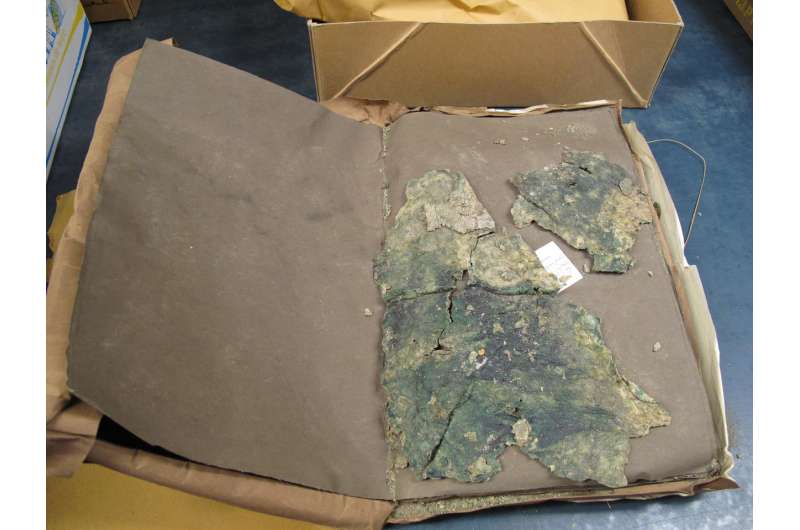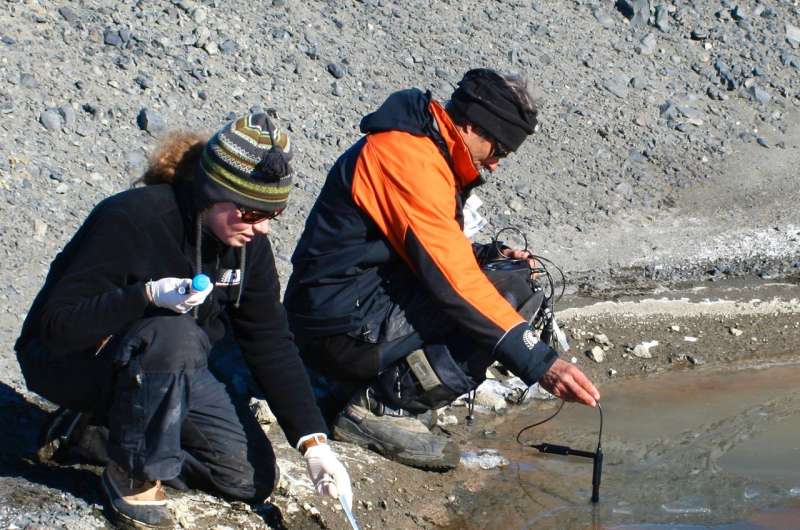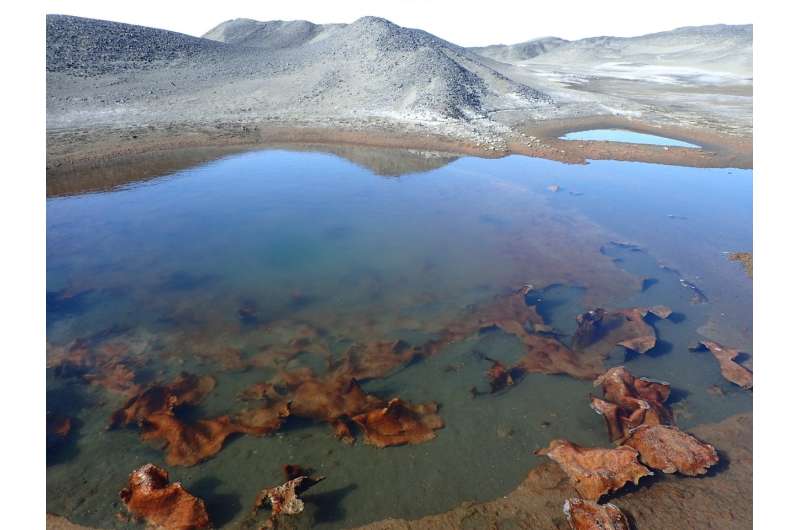Captain Scott's Discovery expedition offers climate change insight 100 years on

Samples collected during Captain Scott's famous 1901-1904 Discovery expedition to Antarctica, the oldest of their kind, have recently undergone new analysis using modern techniques providing scientists with exciting new data, over 100 years after the voyage.
The new analysis, published in the European Journal of Phycology, was undertaken by scientists at the Natural History Museum, University of Dundee (UK) and the Brain Chemistry Labs (USA) to evaluate the presence of cyanotoxins - the toxins produced by bacteria called cyanobacteria. The samples were taken at a time when Antarctica which was largely unaffected by human activity, unlike the current landscape which will see drastically altered temperatures affecting the delicate ecosystem in the future.
Researchers studying the 100-year-old samples of cyanobacteria from Captain Scott's expedition found that they provide an essential baseline for levels of cyanotoxins in Antarctic freshwater, prior to human activity. This discovery enables scientists to determine the effects of climate change on blue-green algae and their toxins in Antarctica.
Researcher and lead author Dr. Anne Jungblut, from the Natural History Museum in London, said: "The results will help experts to study the effects of climate change on blue-green algae and their toxins in Antarctica, now and in the future. They also highlight the significant past, present, and future contributions of the scientists that were the backbone of Captain Scott's Discovery expedition.

These historic samples from the Heroic Age of Antarctic Exploration, and our work on them 100 years later, demonstrate the value and the ongoing importance of Captain R.F. Scott's scientific legacy for current science challenges in Antarctica."
Captain Scott's famous expedition was one of the first to explore the Antarctic region, and resulted in many new advances in the fields of biology, zoology and geology. As new analytical advances are discovered, such as those which were used in this study, the ongoing importance of the voyage in tackling current science challenges in Antarctica is increasingly evident and it is likely there will be many more discoveries made from their collection of samples.

More information: Microcystins, BMAA and BMAA isomers in 100-year-old Antarctic cyanobacterial mats collected during Captain R.F. Scott's Discovery Expedition, www.tandfonline.com/doi/full/1 … 9670262.2018.1442587
Provided by Taylor & Francis

















